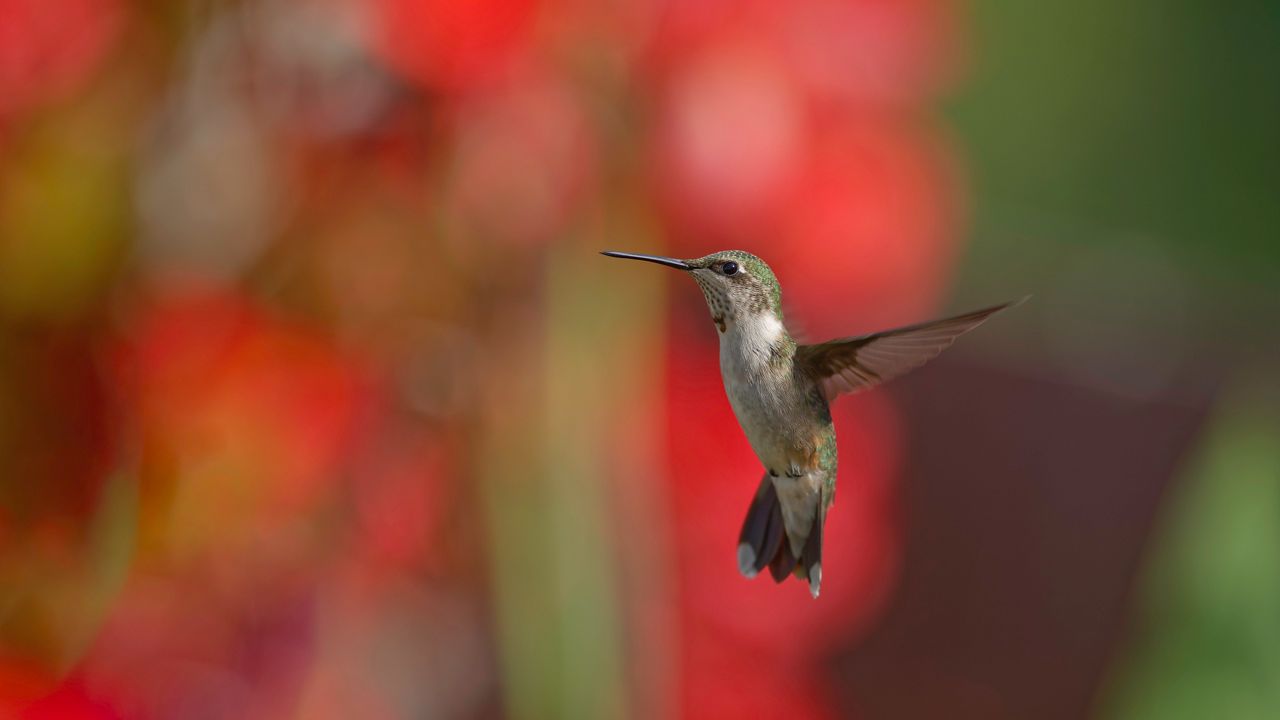NEW BRAUNFELS, Texas – Firefly populations across the country are dwindling but there are many simple actions you can take to make outdoor spaces more hospitable for these curious creatures.
- Male fireflies flash to attract mates
- Fireflies are carnivores
- Some firefly eggs glow
Fireflies are common in the state of Texas. With approximately 45 different species of fireflies throughout the state, Central Texas is home to about 10-13 of those species according to Ben Pfeiffer, a native Texan, firefly researcher, and the founder of Firefly.org.
“One of my favorite memories is kind of seeing the night sky, and being able to study that. Kind of sitting out in studying the constellations… I don't have any specific memories of fireflies as a kid, we just had them growing up and they were just kind of common pretty much everywhere,” said Pfeiffer.
“I think that's what kind of like drew me towards fireflies in general,” he said.
Pfeiffer says though he began noticing seeing fewer and fewer fireflies as an adult. That’s why he’s working to study the fireflies in the night skies of the Hill County and South Texas.
Part of that research is documenting the flash patterns of different firefly species. Every type of firefly has a unique flash pattern they emit when they are looking to mate. Sometimes there may be a series of quick flashes, one after the next. Other times they may be more spread out, with seconds in between each flash. Think of it like Morse Code, every species is a different letter in the alphabet.
“There's so many different fireflies flashing at night that each species needs its own way to tell each other apart,” Pfeiffer said, “and the one way they do that is to vary their flash pattern.”“There's so many different fireflies flashing at night that each species needs its own way to tell each other apart,” Pfeiffer said, “and the one way they do that is to vary their flash pattern.”
Fireflies aren’t the only creatures that can have difficulty telling each other apart. Humans also have a hard time looking at two different species and telling which is which. That’s why Pfeiffer says the flash pattern research is so important to understanding fireflies. Until recently though, scientists haven’t really studied flash patterns. Pfeiffer’s research hopes to change that, starting in Texas.
“Fireflies in Central Texas matter because we have a really high concentration of species here,” said Pfeiffer, “that makes it really unique compared to other parts of the country.”
WHAT YOU CAN DO: Even though fireflies are more likely to be flashing in late spring/early summer, there are several things homeowners can do year-round that positively impact firefly populations.
Planting native species in your yard is one of those things. Pfeiffer says native plant species are not only beautiful and can help reduce water consumption, they mimic wild habitats many native animals and insects need to survive.
Stopping the use of pesticides and weed killers is another. Fireflies may come in contact with the poisons, same as any other insect, and can end up becoming an unintended casualty.
During mating season, turning off outdoor lights can also be helpful. Pfeiffer explains there is still research being done to see how outdoor lighting directly impacts fireflies but it’s very likely that human lighting is disrupting flash patterns.
Dark skies aren’t just for fireflies though. According to the International Dark-Sky Association, a 501(c)(3) nonprofit, light pollution can negatively impact a variety of wildlife as well as human health.
There are cities though that are taking efforts to reduce impact of light pollution. In Central Texas there are three cities recognized by the International Dark-Sky Association as “dark sky places:” Wimberley Valley, Dripping Springs, and Horseshoe Bay.
Other cities and utility companies are making efforts to reduce light pollution as well. The city of New Braunfels has had an outdoor lighting ordinance in place since 2006.
And then in the fall of 2018, New Braunfels Utilities announced efforts to help preserve night skies by making sure street lights are distributing light more effectively. The initiative was designed to protect ecosystems by reducing the glare coming from street lights while still continuing to install them in needed areas.
“I think overall too is that [studying fireflies] you get a greater understanding of how all of the habitat works and environment works in a much deeper way,” Pfeiffer said.
And Pfeiffer’s research will continue to work to bring that greater understanding about the different species in Texas backyards.
“I like to think of some of the big picture sort of stuff, like what's happening in this environment right now, and so when you start studying, understanding the smaller things,” said Pfeiffer, “those kind of revelations start happening.”
To learn more about what you can do to help firefly populations and Ben Pfeiffer’s research, click here.










